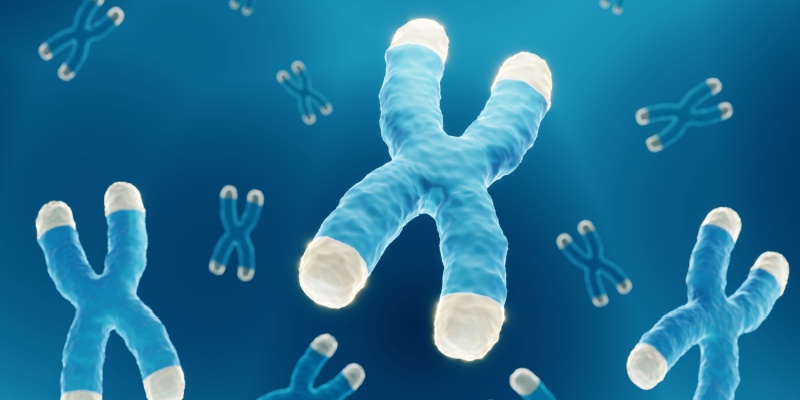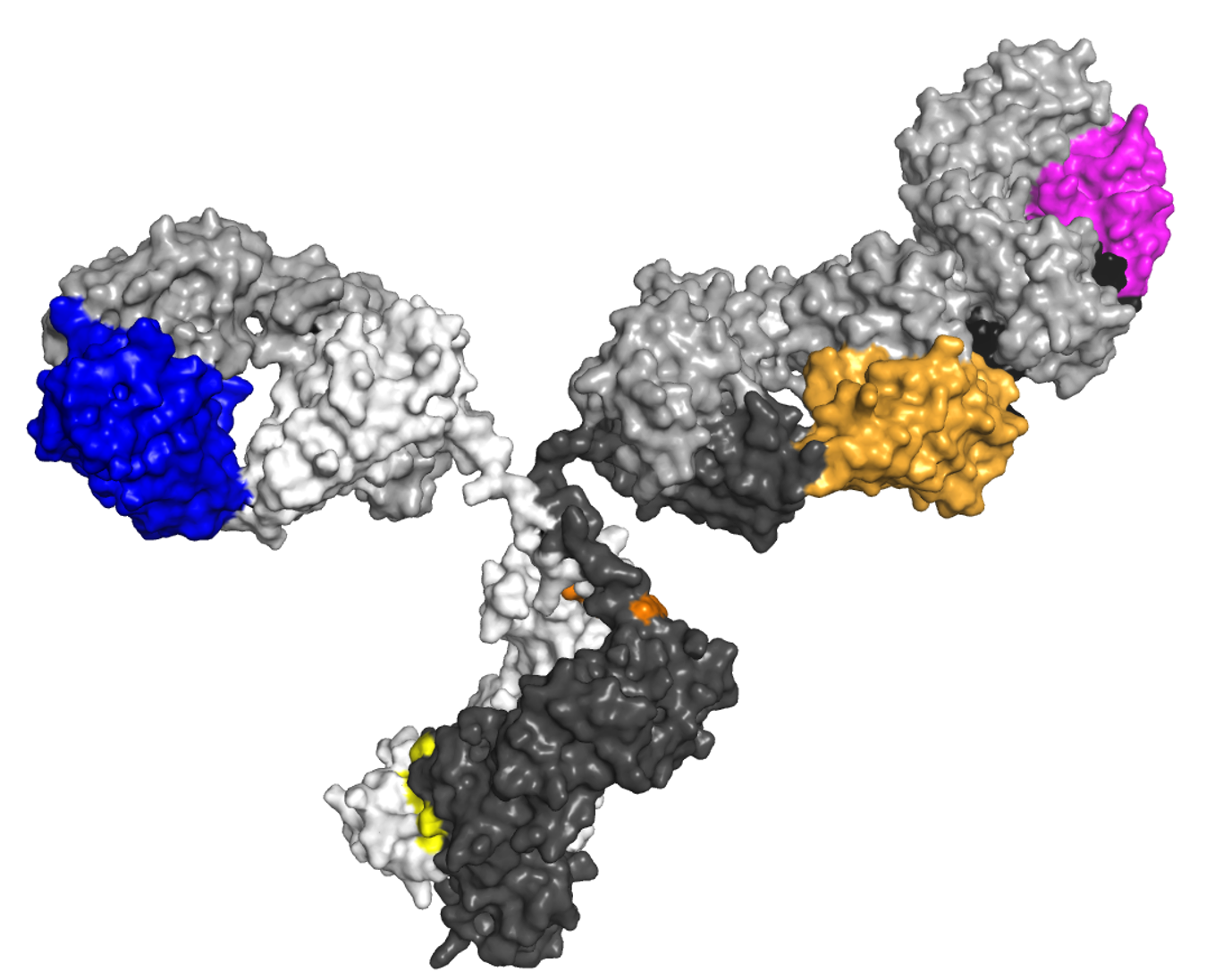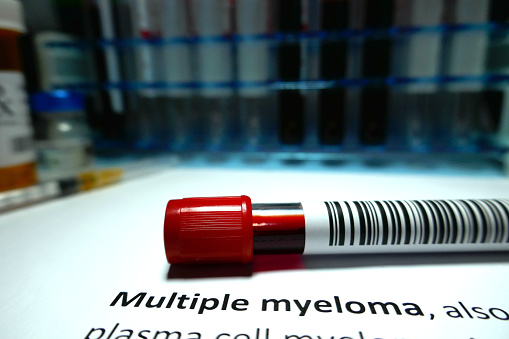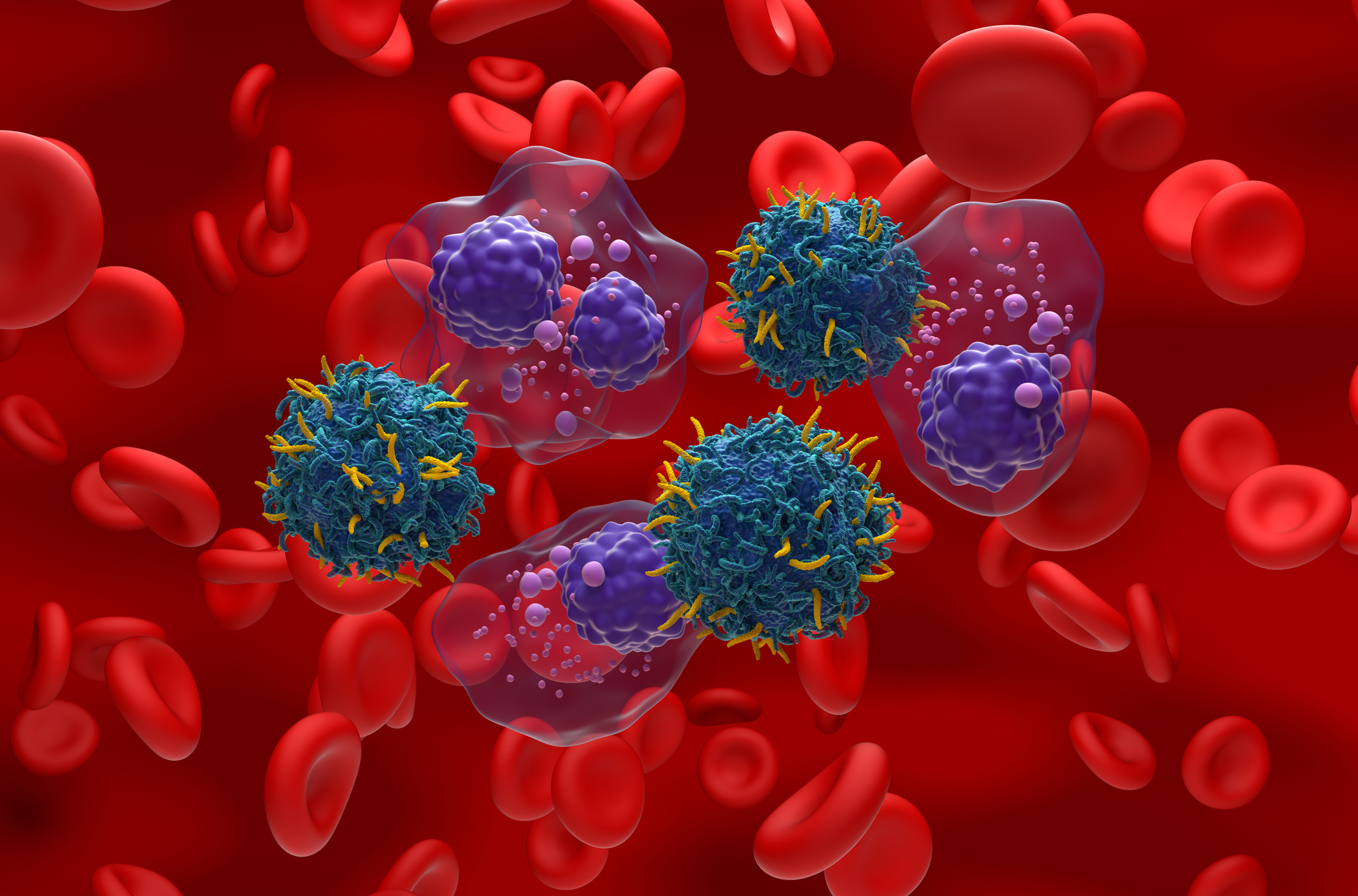
Detection of TP53 mutations in patients with multiple myeloma (MM) is essential for accurate risk stratification and treatment planning, according to a study presented at the Twelfth Annual Meeting of the Society of Hematologic Oncology in Houston, Texas.
Both the deletion of chromosome 17p (del(17p)) and TP53 mutations are associated with poor outcomes, yet TP53 mutations are often underestimated due to limitations in conventional detection methods, the authors noted. Literature suggests that double-hit cases, where both TP53 mutations and del(17p) occur, have worse overall survival (OS) and progression-free survival (PFS) compared with cases of monoallelic aberrations.
The analysis included 236 patients with newly diagnosed MM who were treated primarily with VTD (bortezomib, thalidomide, and dexamethasone) and VRD (bortezomib, lenalidomide, and dexamethasone) protocols between 2018 and 2023. Cytogenetic assessments were conducted with fluorescence in situ hybridization (FISH) and next-generation sequencing (NGS) to detect del(17p) and TP53 mutations, respectively. The threshold for positivity was set at 10% for FISH and 4% for NGS.
Del(17p) was present in 18% of patients and was significantly associated with del(1p32). Patients with del(17p) had notably poorer outcomes, with a 36-month PFS of 18.3% compared to 41.3% in patients without del(17p). Monosomy 17 was linked to a worse prognosis, with a 36-month PFS of 16.7%. Subclonal TP53 deletions did not significantly affect PFS or OS in this cohort. TP53 mutations were detected in 13% of cases, predominantly affecting the DNA-binding domain, and double-hit cases occurred in 10% of patients. However, double-hit cases did not exhibit worse outcomes than del(17p) alone.
The findings suggest that the prevalence of del(17p) and TP53 mutations may be higher than expected, possibly due to patients being diagnosed at more advanced stages. Monosomy 17 is linked to hyperhaploid MM and poor outcomes. Although double-hit cases did not have worse prognoses, ongoing detection of TP53 mutations using sensitive NGS technology remains critical for accurate risk stratification and treatment planning in MM, according to the study authors.
Reference
Nagy E, Csaban D, Kozma A, et al. Role of TP53 alterations in multiple myeloma. Abstract #MM-268. Presented at the Twelfth Annual Meeting of the Society of Hematologic Oncology; September 4-7, 2024; Houston, Texas.






 © 2025 Mashup Media, LLC, a Formedics Property. All Rights Reserved.
© 2025 Mashup Media, LLC, a Formedics Property. All Rights Reserved.